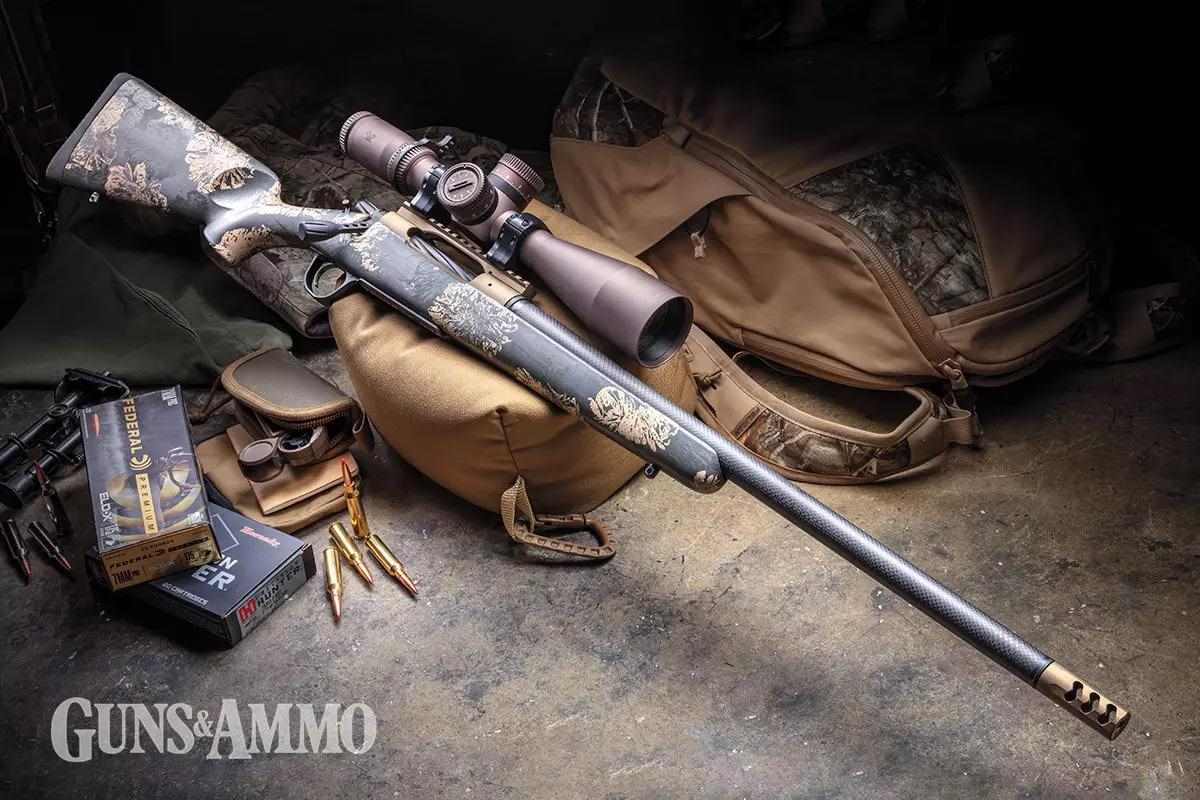Looking at the Christensen Arms Ridgeline FFT reveals a modern take on a classic rifle. The carbon-fiber barrel and stock showcase the use of modern materials, while the two-lug Remington Model 700-pattern action brings classic charm and time-tested performance. However, there are a number of details throughout the Ridgeline FFT that are only found here, or offered on custom rifles costing thousands more. These are the important features that riflemen should become familiar with to recognize the value of the Ridgeline FFT.
What is “FFT?”
A big part of Christensen Arms’ Ridgeline FFT story is the “FFT,” which stands for “Flash Forged Technology.” Most carbon-fiber stocks are made by placing carbon fiber around a foam core and using epoxy to mate the two. This type of stock relies on both the carbon and the void-filling foam to provide strength in appropriate areas.
FFT is Christensen Arms’ use of carbon-fiber thread orientation to relieve the load historically placed on a foam core. Using carbon fiber with threads oriented in random directions limits what that carbon fiber can do. It may make manufacturing faster and easier, but it may not be the most efficient use of the material. With FFT, Christensen Arms uses the thread orientation to carry the recoil load along the stock’s length. A simple and dedicated use of select sections of carbon fiber in this area and elsewhere meant engineers could use less dense foam because it wasn’t needed to handle recoil.

Another use of FFT is at the pillars that sit between the receiver and the bottom metal. They are about three-quarters of an inch in diameter and are also made from carbon fiber with the thread orientation designed to provide the strength required to handle the load placed on it. Pillars are usually made from aluminum or stainless steel because these materials are dense and robust. Replacing the pillars with carbon fiber kept the strength, but reduced the stock’s weight by an ounce or two. Carbon-fiber pillars, when done correctly, are also more resistant to thermal expansion than aluminum or steel pillars. Moving from a hot vehicle to sub-freezing conditions yielded no shift in point of impact due to pillar movement. This was never a big problem with aluminum and steel pillars, but it does add some peace of mind.
Advertisement

The result of this new and smart use of carbon fiber is a stock that weighs 20 ounces, including the recoil pad and two sling-swivel studs. This places it at the lightest end of the carbon-fiber stock weight range.
Pins & Springs
The receiver used in the Ridgeline FFT has the traditional Remington 700 footprint, but it has some meaningful and significant improvements engineered into it. Each receiver features broached raceways that see final machining post heat-treat. Unlike the Remington 700, the Ridgeline receiver is blueprinted by engineers in Christensen Arms’ factory.

The magic happens when we take a close look at the firing pin and firing pin spring. Lightweight rifles are harder to shoot accurately because incidental and slight shooter inputs are enough to move the rifle around when it fires. Most of these occur when pulling the trigger. The smart guys at Christensen Arms realized this and decided to minimize the amount of exposure time to these potential errors. The period from when the sear releases the cocking piece until the firing pin sets off the primer is called “lock time.” Reducing lock time reduces the impact of shooter error when pulling the trigger. This is one of the reasons why Christensen Arms rifles come with slightly heavier firing pin springs.
Advertisement
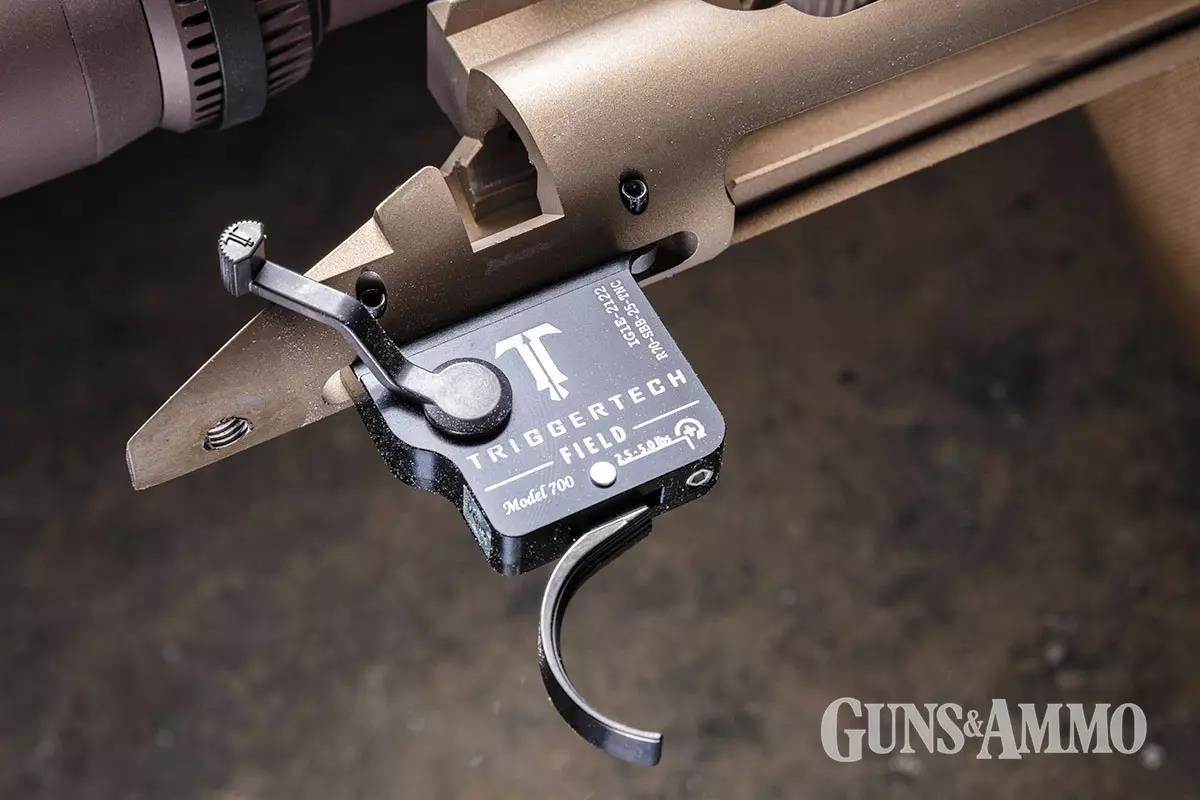
Christensen Arms uses a 32-pound firing pin spring, which greatly reduces lock time and makes these light rifles a little easier to shoot accurately. The downside of a heavier firing pin spring is heavy bolt lift. The internet is awash with commentary on how light the bolt lift is on some of the custom actions currently available, but there is no discussion on why some are lighter than others. In most of the cases, light bolt lift comes from light firing pin spring weights, sometimes as light as 18 pounds. Some feel that as long as the primer fires, the spring is heavy enough.
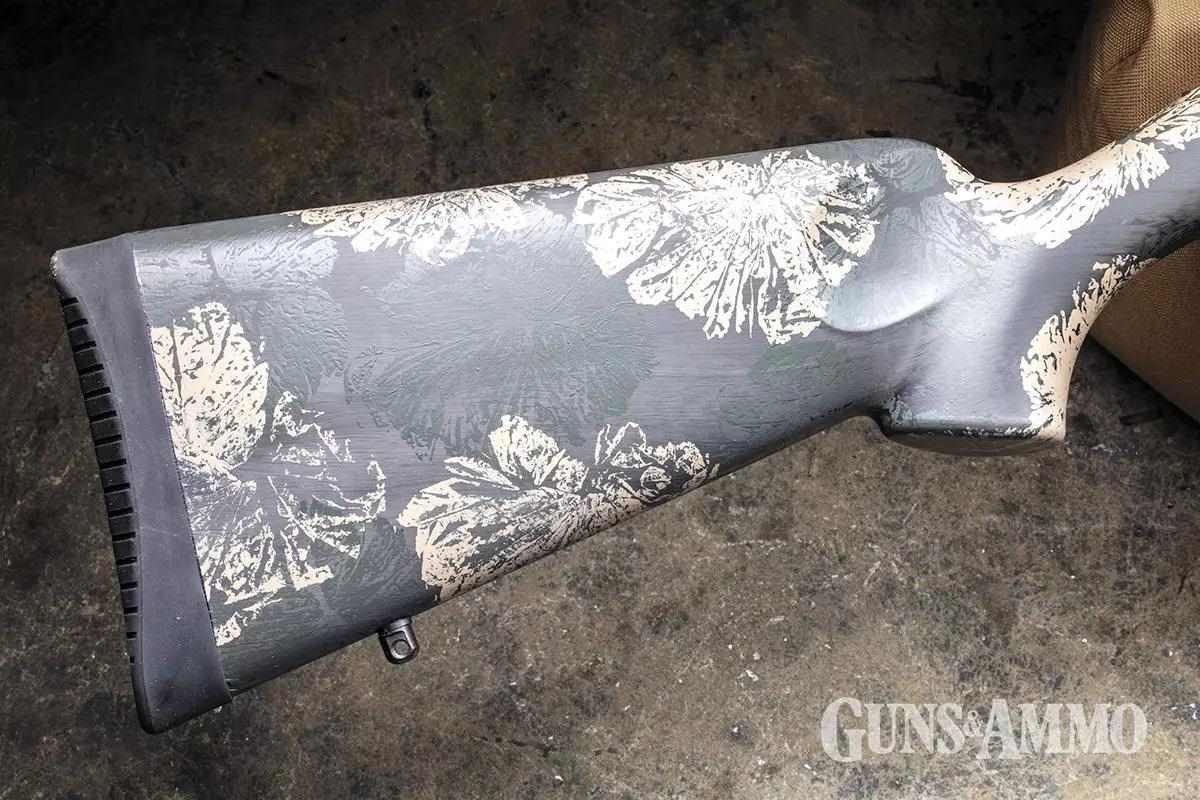
More than 20 years ago, the U.S. Army Marksmanship Unit tested the effects of lighter hammer and firing pin springs in AR-pattern rifles. They found that light spring weights resulted in wider velocity extreme spreads (ES) and bigger standard deviations (SD). If the shooter is only interested in making the rifle go bang, perhaps a light spring is acceptable. However, if tight extreme spreads (ES) and single-digit SDs are desired, don’t cheat on spring weight.

Spring weight is one way to ensure enough energy is delivered to the primer to generate reliable and consistent ignition, which yields tight ES and SD numbers, another way is to ensure the firing pin has a straight and clean run once the sear releases it. Christensen Arms matches the diameter of the firing pin to the channel in the bolt body that it rides in, ensuring that the pin can only move longitudinally. This prevents it from rattling down the bolt body until it collides with primer. Restricting the pin’s movement to one direction ensures that there is no energy bleed from bouncing off the side of the bolt body upon release. Between the heavier spring weight and attention to detail inside the bolt body, Christensen Arms delivers some of the best ignition of any bolt-action rifle on the market. Checking your ES and SD with the same ammunition against your buddy’s “bolt lift is so light” rifle will tell the tale.

Safety & Performance
Unlike a lot of custom actions, Christensen Arms performs destructive testing on its rifles. This matters when the unthinkable happens and the rifle sees a high-pressure event. Such incidents occur when questionable handloads get fired, or there is a bore obstruction.
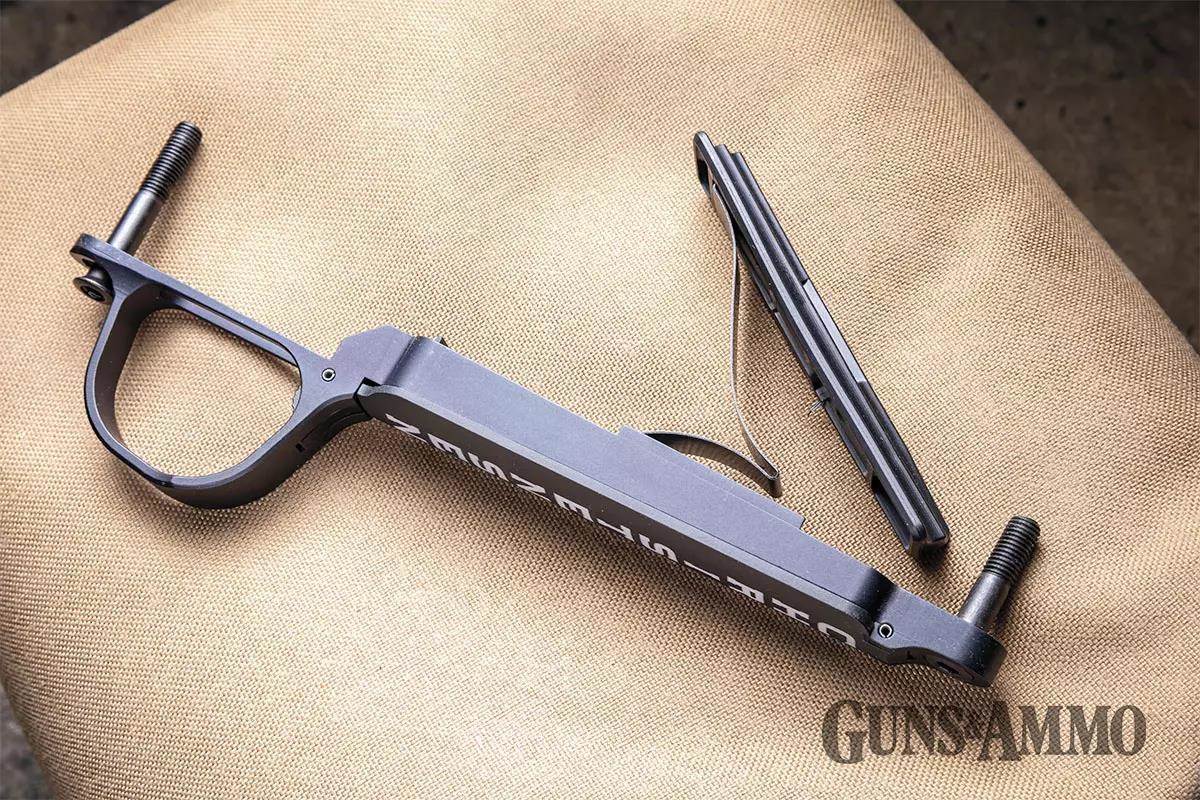
Before production, each rifle line is tested with a bore obstruction placed about 4 inches in front of the chamber to mimic a squib load. The rifle is fired remotely inside a containment box. Afterward, they look at blast patterns and how the rifle came apart — if it came apart. The priority is for debris to move away from the shooter. Looking at the receiver, there is a small port just forward of the ejection port. It aligns with a port in the bolt so that, should the firing pin pierce a primer or the cartridge case head separate, excess gas and pressure will go out that port. The AR-15 style extractor also provides a large port to allow gas to move out and away from the shooter’s face.

G&A’s Ridgeline FFT maintained Christensen Arm’s sub-minute-of-angle guarantee across all three loads tested. One of the reasons Christensen Arms can make this guarantee is because they make the barrel. They take a raw piece of steel and then cut, drill, ream, button, chamber, turn-down, wrap and lay-up each one. The company holds five patents on the wrapping process because they use different fibers for different tasks. For example, one fiber type runs the length of the barrel, and another type weaves them together. Some fibers exist to move heat away from the steel liner because, when run with the grain, there is no better conductor of heat than carbon fiber.
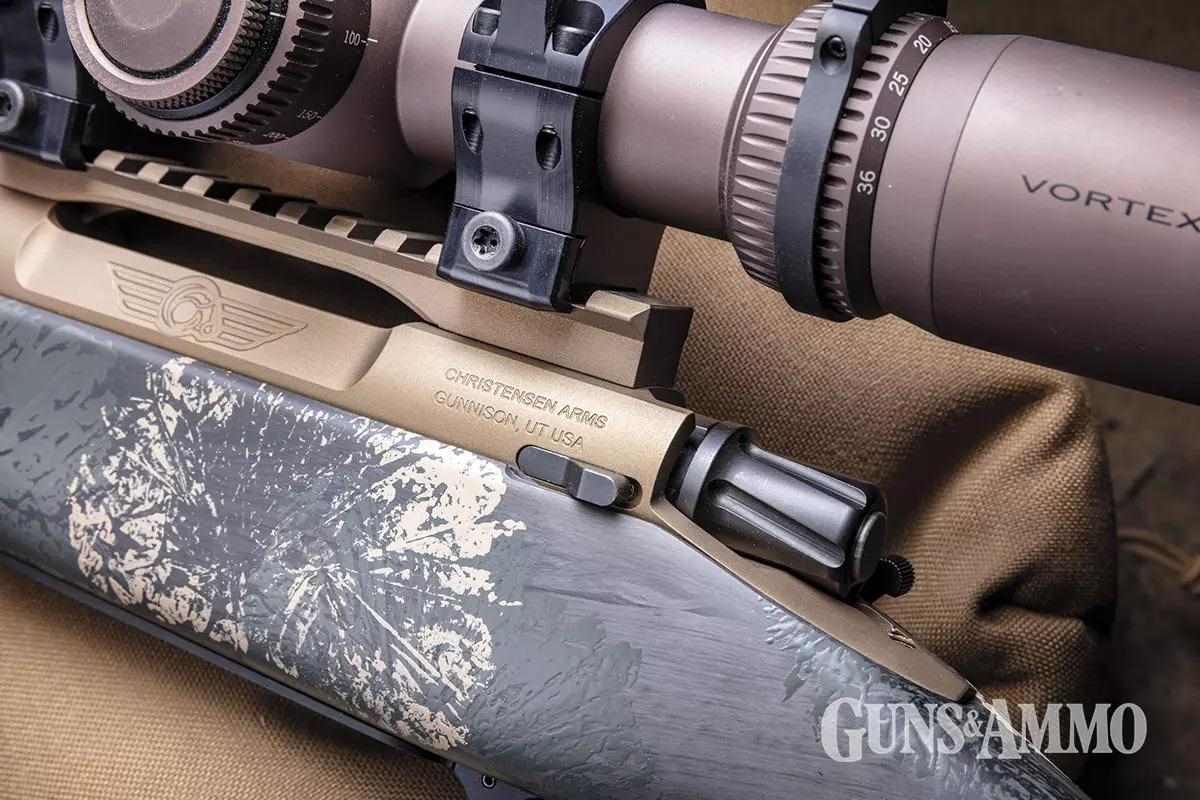
Thanks to the carbon-fiber artistry on the barrel and stock, the Ridgeline FFT weighs a svelte 5 pounds, 14 ounces. I wouldn’t want to go any lighter on a hunting rifle, even if I planned on dragging it up the side of the mountain. Not only is this rifle light, but it has key features that make it reliable, accurate and easy
to shoot.
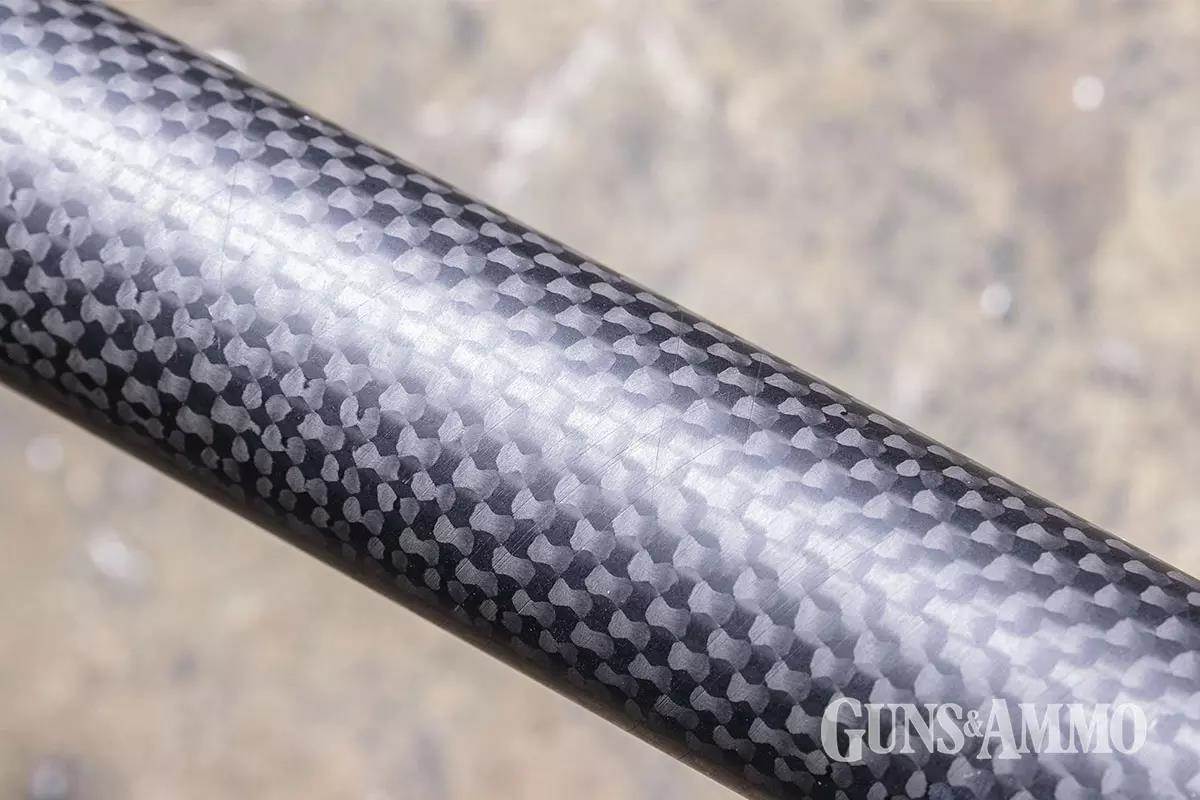
Christensen Arms Ridgeline FFT
- Type: Bolt action
- Cartridge: 7mm PRC (tested)
- Capacity: 3+1 rds.
- Barrel: 22 in., 1:8-in. twist
- Length: 44.25 in.
- Weight: 5 lbs., 13 oz. (tested)
- Stock: FFT, carbon fiber
- Length of Pull: 13.5 in.
- Finish: Cerakote, Burnt Bronze
- Sights: None
- Trigger: TriggerTech, 2.5 to 5 lbs.
- MSRP: $2,050
- Manufacturer: Christensen Arms, 888-517-8855, christensenarms.com
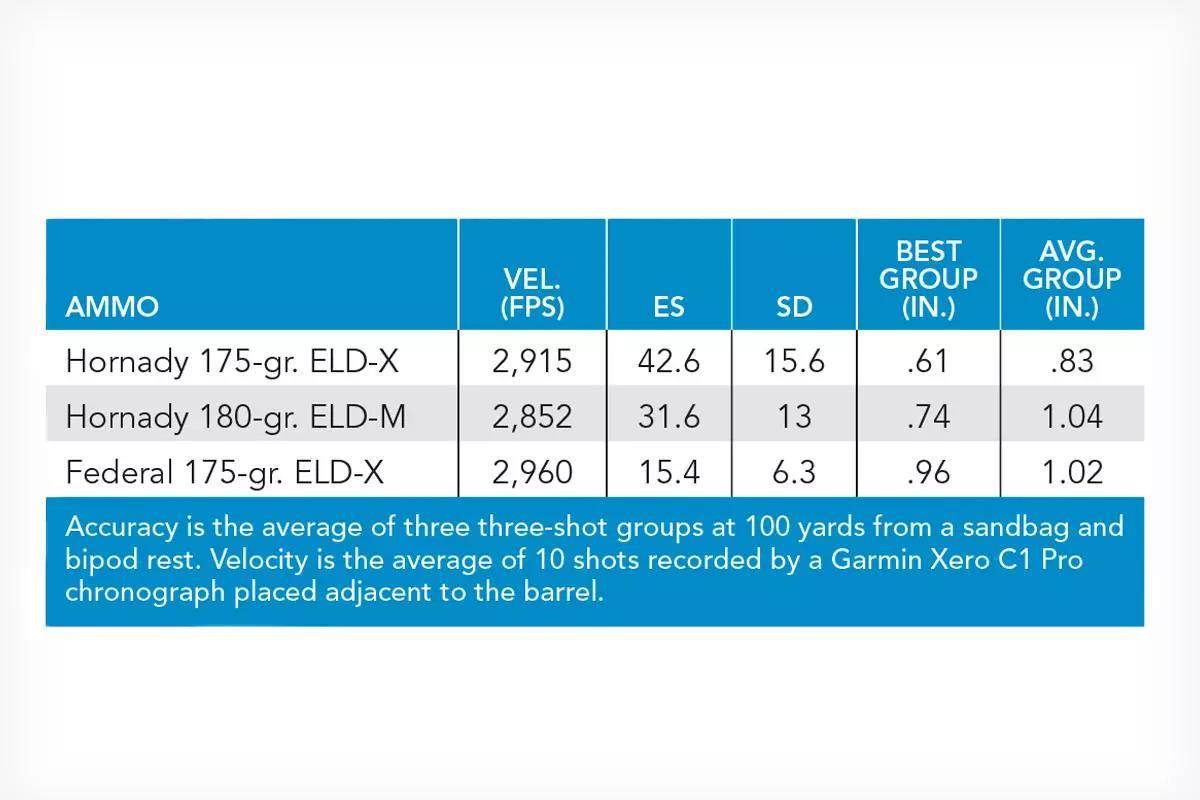
Read the full article here



